
views
Picking Away Loose Touch-Up Paint
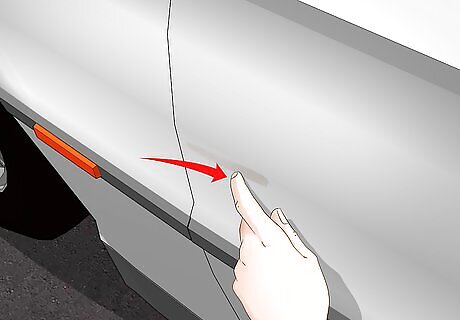
Scrape the car touch-up paint gently with your fingernail. This will evaluate if you can remove some or most of it. Touch-up paint that can be removed with a fingernail is generally not well applied, although it will make it that much easier to remove from the vehicle.
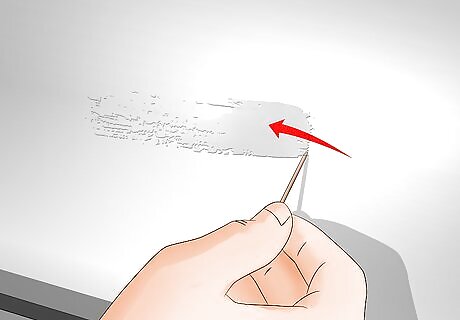
Pry the paint off using a toothpick. If the paint is loose on the car door but too firm to remove using only your fingernail, try to get it off with a toothpick. Slide the tip of the toothpick under one edge of the touch-up paint, and pry the paint upwards. Keep going until you’ve removed as much of the paint as possible. If the touch-up paint is loose enough, or if it was applied recently, you may be able to remove all of it using a toothpick.
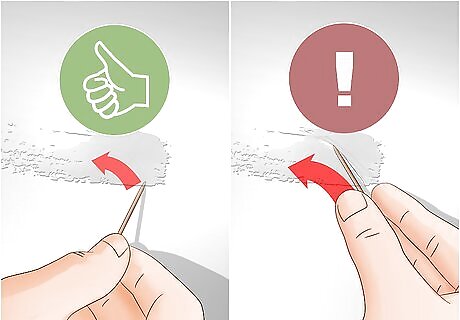
Apply only gentle pressure when scraping paint off. When using your fingernail or a toothpick to scrape touch-up paint from the car door, do not scrape it too hard. If you do, you might scrape off some of the car’s original paint and make the blemish worse. If the touch-up paint doesn’t come off easily with your fingernail or a toothpick, move on to more rigorous removal methods.
Using a Lacquer Thinner

Wash the section of the vehicle with the dried touch-up paint. Squirt a mild dish detergent into a bucket, and fill the bucket with water from a hose or outdoor tap. Dip a rag into the bucket, and wash off the car door. Remove any dirt or grime covering the touch-up paint you’re planning to remove. Always make sure the area with the dried car touch-up paint is clean before working on it. Otherwise you may rub grit and dust into sections of paint that you weren’t planning to remove.
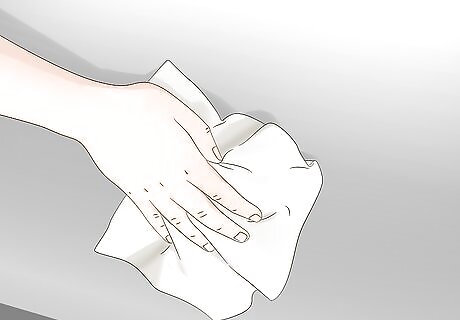
Dry the area thoroughly with a soft cloth or towel. Make sure that the towel or cloth you’re using is dry before you begin, otherwise it won’t fully dry the car door. If you’re not in a hurry, waiting 20 or 30 minutes at this point will allow the water to fully dry.
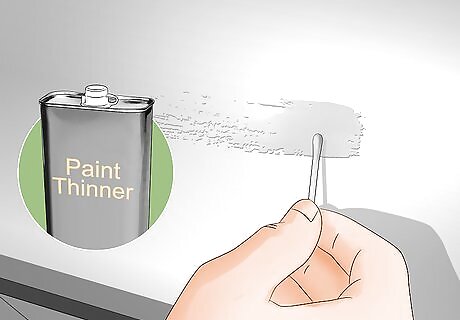
Apply a lacquer thinner to the touch-up paint. Use a Q-tip to rub a small amount of solvent onto the dried touch-up paint to help soften it. Follow the instructions as printed on the prep solvent container, and leave the solvent on the car door for as long as the packaging suggests. Then, wipe the thinner off the car. You can purchase lacquer thinner from your local automotive supply shop. Try prep solvent or mineral spirits if you cannot find a lacquer thinner.
Sanding Off Dried Touch-Up Paint
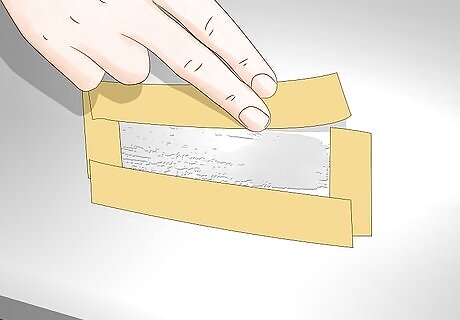
Apply car masking tape to the area around the dried touch-up paint. Masking tape will allow you to avoid accidentally removing extra paint. Use the masking tape to box in the dried touch-up paint. Car masking tape can be purchased at any local automotive supply store.

Rub the dried touch-up paint gently with 150-grit sandpaper. 150-grit sandpaper is relatively coarse and will remove the softened touch-up paint. Press firmly when you’re sanding, and sand back and forth in short, even strokes. It’s OK if you scratch up all of the paint within the masking-tape box, but avoid scratching tape outside of the masking tape. Remember that the lower the grit number, the more coarse the sandpaper. Sandpaper that is too coarse can damage your car, so avoid using anything coarser than 150.
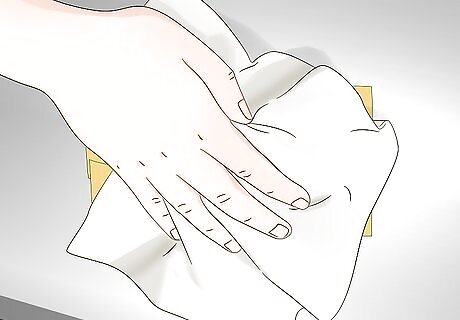
Brush away any paint dust or chips with a soft cloth or towel. After sanding, the section of car door you’ve been working on will be covered in a light coat of paint dust. Wipe this off and inspect the door to see if you’ve fully removed the touch-up paint. If not all of the touch-up paint has been removed, sand the door again.

Rub the area with 600-grit sandpaper. A fine-grit paper will smooth out any rough edges. While 600 grit is too fine to remove the touch-up paint, it will buff the area you’ve been sanding. As with the coarse sandpaper, sand back and forth using short, even strokes. Make sure that you have both 150- and 600-grit sandpaper to remove the dried paint. The 150-grit paper will remove dried globs of paint, and 600-grit will smooth out the area after the dried paint is removed.
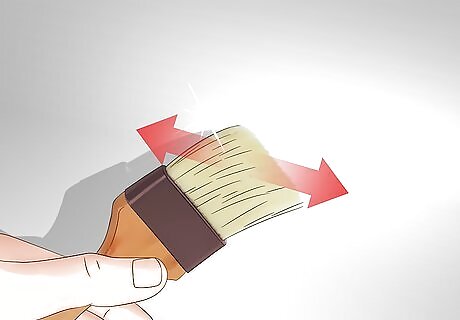
Remove the tape and brush away any paint dust. Use a clean towel to clean off the car door and remove any lingering paint chips. The area is now ready for you to apply fresh touch-up paint. Throw away the tape once you’ve removed it from the car door.


















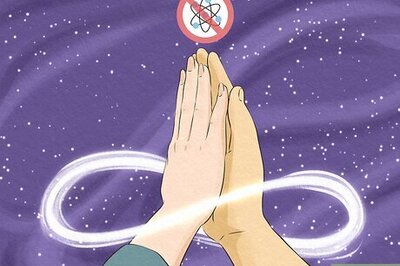
Comments
0 comment